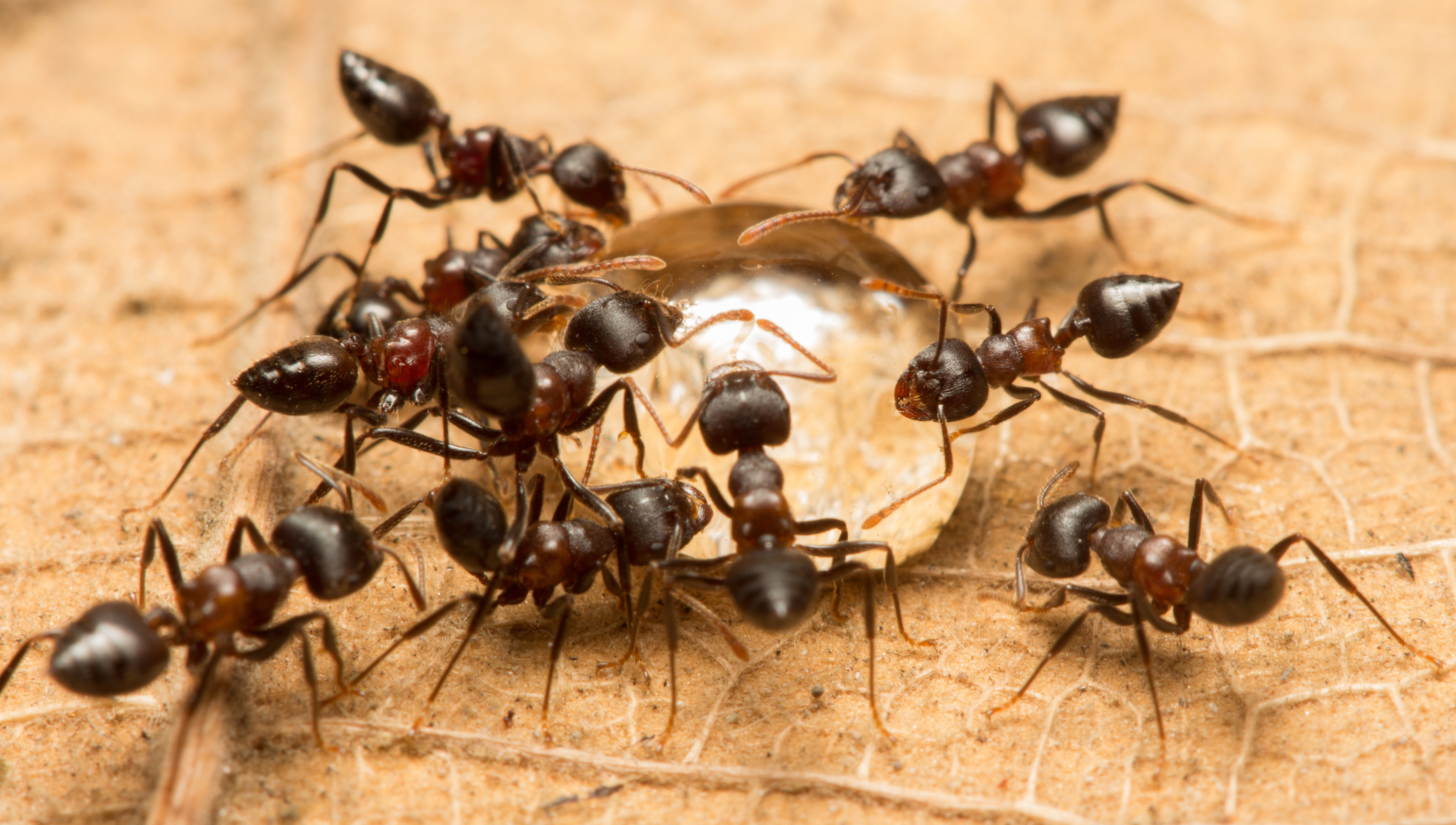Acrobat Ant
Your Ant Problem, Gone For Good, Guaranteed.
Request a Callback
We’ll give you a call to discuss the best pest application for you:

DESCRIPTION:
___
Acrobat ants get their name from their habit of raising their abdomen above their head, especially when they are disturbed. When they are viewed from above, the abdomen is heart-shaped. Most species are less than 1/8″ in length. Many give off a disgusting odor when disturbed.
BIOLOGY:
___
Like all ants, the acrobat ants may produce winged, reproductive individuals (males and females) called swarmers. These sexually developed adults emerge from an established colony, usually in the fall, to disperse and start new colonies. The swarmers are harmless, but they may be the first indication of an infestation. Special treatment of swarmers beyond vacuuming or sweeping them up is not required.

HABITS:
___
Outdoors, acrobat ants nest under stones, in stumps, in rotting logs, and under woodpiles. When they invade homes, they often nest in wall voids or in foam sheathing behind siding. Homeowners often find bits of foam around the outside of the home, next to the foundation. The ants also nest in wood that has been damaged by moisture, fungus, carpenter ants or termites. Acrobat ants normally eat insects and honeydew. They protect the aphids that produce the honeydew. If acrobat ants come into a home, they seem to prefer sweets and meat.
The acrobat ant workers enter homes in several ways. Sometimes they make a trail across the ground. Door thresholds and weep holes are common entryways. Workers can also follow tree limbs or shrubs that touch the house. They have even made their trails on utility lines. The ants can enter the home through the same opening that pipes or wires go through.

